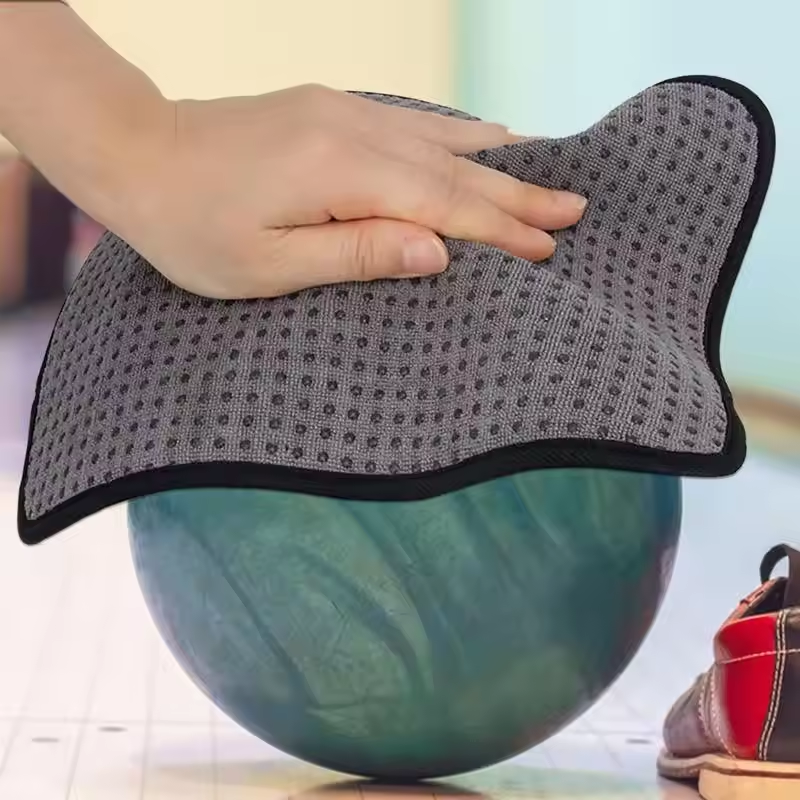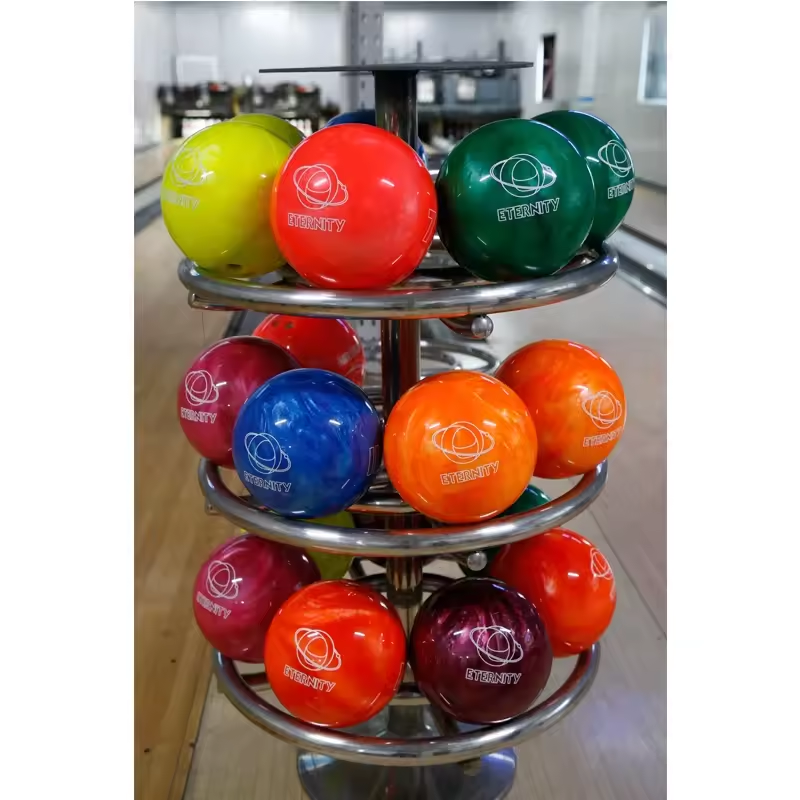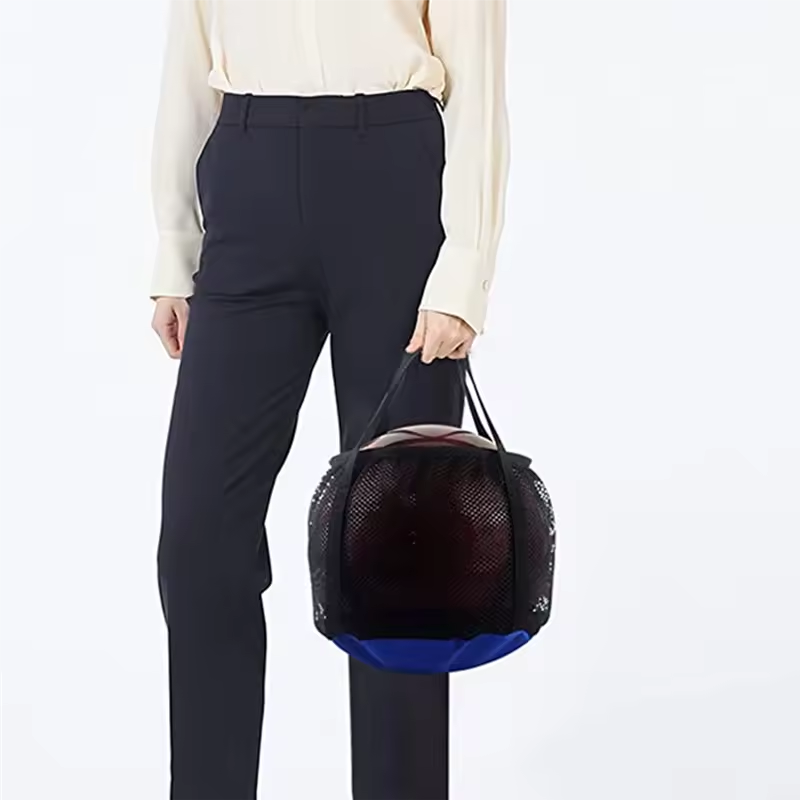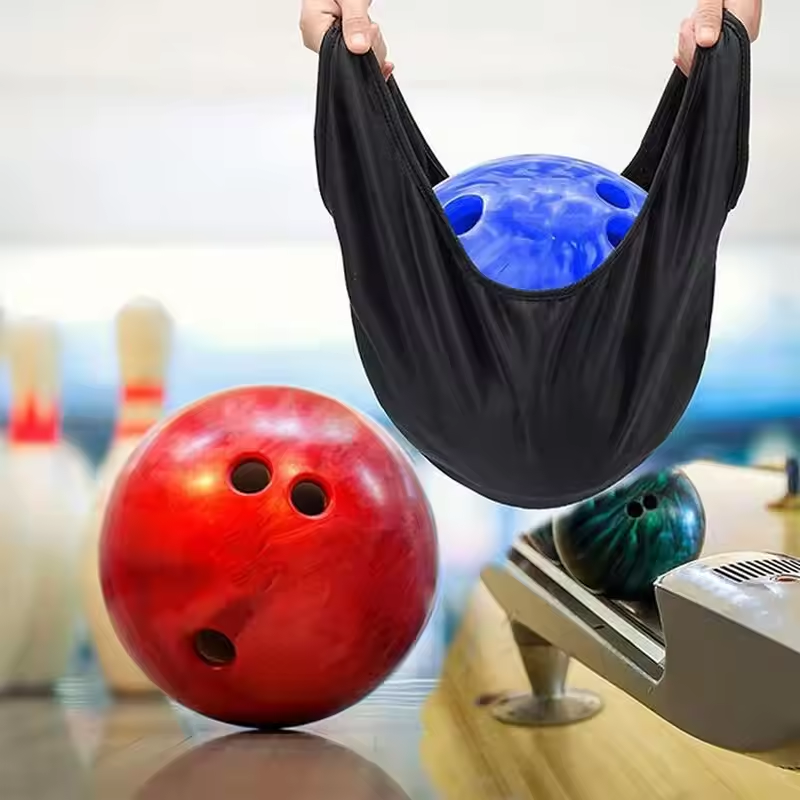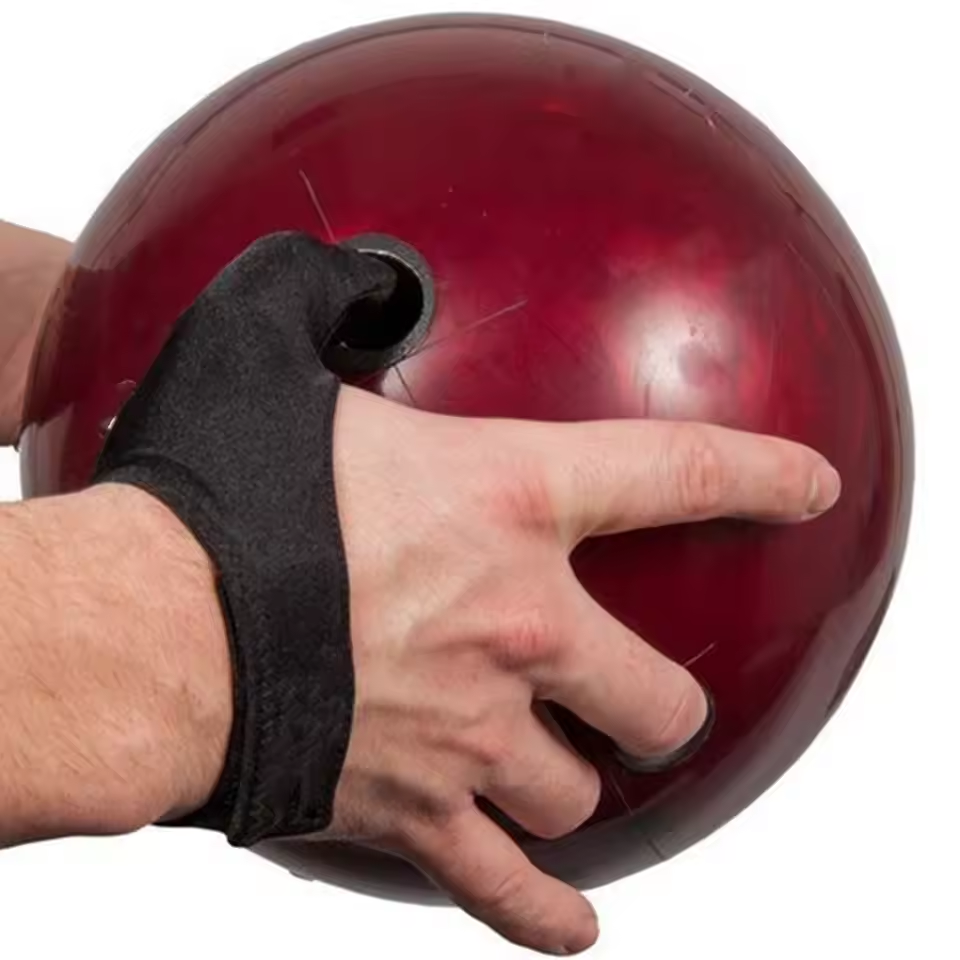Introduction to Bowling Balls: Core Components and Importance
A bowling ball is more than a tool—it’s the key to mastering your game’s power, accuracy, and consistency. Whether you’re a casual bowler or a professional, understanding ball design, weight, and maintenance is essential for success. This guide covers everything from material science to care routines, ensuring you make an informed choice for your skill level and goals.
Key Factors to Consider:
- Weight: Directly impacts control and speed.
- Material: Affects ball motion and lane interaction.
- Fit: Ensures comfort and proper grip alignment.
The Science of Bowling Ball Materials
Modern bowling balls are crafted from advanced materials designed to optimize performance. Below is a breakdown of common materials and their uses:
Plastic Balls:
- Pros: Affordable, consistent for beginners.
- Cons: Limited hook potential on oily lanes.
Urethane Balls:
- Pros: Better hook action; ideal for intermediate players.
- Cons: Requires lane conditioning knowledge.
Reactive Resin Balls:
- Pros: Maximum hook potential for pros; customizable surface textures.
- Cons: More expensive; needs maintenance to retain grip.
Particle Balls:
- Pros: Enhanced traction on heavily oiled lanes.
- Cons: Shorter lifespan due to surface abrasion.
Material Selection Tips:
- Beginners: Start with plastic or urethane.
- Pros: Prioritize reactive resin or particle balls.
How Much Does a Bowling Ball Weigh? Weight Selection Guide
The question “how much does a bowling ball weigh“ is critical to balancing power and control. A ball’s weight directly impacts your throwing mechanics, accuracy, and even injury risk. Below is an in-depth guide to selecting the ideal weight for your physique and skill level:
Weight Recommendations by Demographic:
- Youth (<12 years):
- 6–8 lbs: Best for developing strength and technique.
- Example: A 9-year-old weighing 60 lbs should start with a 6–7 lb ball to avoid strain.
- Adult Beginners:
- 10–12 lbs:
- 6 ft tall/180 lbs: 12 lbs for power without overexertion.
- 5’4″/130 lbs: 10 lbs ensures comfort and full extension.
- 10–12 lbs:
- Intermediate/Advanced Players:
- 12–14 lbs: Provides enough mass for hook control.
- Elite Athletes: 14–16 lbs for maximum power (with proper form).
Testing Your Ideal Weight:
- Stance Test:
- Stand with your feet shoulder-width apart and hold the ball at waist height.
- Can you maintain a straight back and relaxed shoulders? If not, choose a lighter weight.
- Release Drill:
- Roll the ball down your lane with a straight approach.
- If you can’t rotate your wrist smoothly, the ball is too heavy.
- Fatigue Check:
- After 10 throws, does your arm feel excessively tired? Lighten the weight.
Common Mistakes:
- Overweight Choices: Leads to thrown elbows and inconsistent release angles.
- Underweight Choices: Limits hook potential on oily lanes.
Proper Bowling Form: Maximizing Your Throw
Mastery of proper bowling form ensures every throw converts potential energy into accuracy. Below is a detailed breakdown of biomechanics, common mistakes, and drills to refine your technique:
Step-by-Step Mechanics:
- Stance:
- Feet Placement: Align your lead foot’s toe with the lane’s 10th arrow.
- Body Alignment: Chest facing the target arrow, knees slightly bent.
- Grip Pressure:
- Thumb: Should slide out smoothly; avoid “grabbing” the ball.
- Fingers: Rest lightly, allowing natural wrist rotation.
- Swing Arc:
- Full Pendulum Motion: Swing from shoulder height to knee level.
- Avoid Over-Swinging: Keep the ball below ear level to prevent shoulder strain.
Release Technique:
- Timing: Release when the ball is in front of your body (11 o’clock position).
- Wrist Action: Snap the wrist downward for a hook; keep it neutral for straight throws.
Common Errors:
- Cross-Body Swing: Causes hooks to the wrong side.
- Late Release: Reduces ball speed and lane coverage.
Drills to Perfect Form:
- Shadow Practice: Mimic the motion without the ball to build muscle memory.
- Wall Drill: Stand facing a wall to ensure proper shoulder alignment.
How to Choose a Bowling Ball: Fit and Personalization
Selecting the right bowling ball involves personalizing every detail, from grip design to material selection. Below are advanced considerations for choosing the perfect ball:
Grip Customization:
- Three-Hole Grip: Ideal for beginners; allows precise finger/thumb placement.
- Two-Hole (Hook/Power): Reduces thumb fatigue; preferred by hook-heavy bowlers.
- No-Hole (Ultralite): Gripless design for minimal friction; used by elite professionals.
Drilling and Layouts:
- Pin Placement:
- Front-Side Layout: Maximizes hook for oily lanes.
- Back-Side Layout: Balances hook and straight ball motion.
- Dynamics Hole: A fourth hole drilled behind fingers to adjust wrist position.
Material Selection by Lane Conditions:
- Reactive Resin: Best for dried backend lanes (e.g., USBC tournaments).
- Particle Balls: Dominant on oil-heavy commercial lanes.
- Urethane: Consistent performance on varying conditions.
Pro Tips:
- League Analysis: Use lane condition reports to guide material choices.
- Professional Fitting: A certified pro shop ensures precise finger/thumb drilling.
Bowling Ball Maintenance: Prolonging Lifespan and Performance
Regular maintenance keeps your bowling ball gripping lanes and rolling smoothly for years. Below are detailed care routines for different materials:
Daily Cleaning:
- Surface Wipe: Use a microfiber cloth to remove debris after every game.
- Oil Removal: Apply a lint-free cloth dipped in isopropyl alcohol to dissolve lane oils.
Deep Cleaning (Monthly):
- Soak: Submerge in warm soapy water (mild dish soap) for 10 minutes.
- Scrub: Use a soft-bristle brush to remove stubborn debris.
- Dry: Air-dry completely before storage.
Storage Tips:
- Temperature Control: Avoid extreme heat/cold; store indoors.
- Ball Rack Use: Prevents warping by keeping the ball upright.
Material-Specific Care:
- Reactive Resin: Avoid over-scrubbing; preserve surface texture.
- Particle Balls: Re-surface every 50 games to restore grip.
Common Issues:
- Cracks: From dropping the ball; store in a protective case.
- Loss of Hook: Indicates surface wear; time for professional resurfacing.
Advanced Tips for Competitive Bowlers
For tournament-level performance, mastering bowling ball dynamics and lane interaction is critical. Below are advanced strategies for elite players to dominate oil patterns, adjust to varying conditions, and maximize hook potential:
1 Lane Oil Pattern Analysis and Strategy
Understanding oil patterns is the cornerstone of competitive bowling. Professional lanes use automated equipment to apply oil in specific zones, and decoding these patterns can give you a decisive edge:
Oil Pattern Types:
- House Pattern:
- Description: Symmetrical oil applied to the center 40–60 boards.
- Strategy: Use a high-hook ball (15 lb reactive resin) to hit the pocket sharply.
- Sport Pattern:
- Description: Reduced oil on the edges, forcing bowlers to adjust angles.
- Strategy: Opt for a ball with a lower RG (Radius of Gyration) for earlier hook initiation.
- Challenge Pattern:
- Description: Minimal oil, testing carryover and accuracy.
- Strategy: Increase ball weight (14–16 lbs) for penetration and use a pearlized surface for friction.
Real-Time Adjustments:
- Pre-Game Tests:
- Roll a spare ball down each lane to map oil distribution.
- Note where the ball hooks—this determines your target board.
- Mid-Game Adjustments:
- If the ball is hooking too early (before the arrows), shift your feet closer to the foul line.
- If it slides straight, reduce speed or switch to a higher RG ball.
Pro Tip: Use video analysis tools like BowlTV to track ball path and adjust drilling layouts accordingly.
2 Ball Pair Strategy: Dual-Ball Systems
Carrying two bowling balls tailored to different conditions ensures adaptability:
Primary Ball (Hook Ball):
- Weight: 14–16 lbs (based on your strength).
- Material: Reactive resin with a sanded surface for maximum friction on dry backend.
- Drilling Layout:
- Pin-to-Pocket Distance: 3/4″ for aggressive hook.
- RG Value: Low to medium (2.45–2.55) for sharp transitions.
Secondary Ball (Candlepin/Control Ball):
- Weight: 12–14 lbs.
- Material: Pearlized urethane for smooth roll on oily fronts.
- Drilling Layout:
- Pin-to-Pocket: 1/2″ for controlled hook.
- RG Value: High (2.6–2.7) to delay hook until the backend.
When to Switch:
- Oil Heavy Lane: Use the control ball to avoid overhooking.
- Dry Backend: Switch to the hook ball for late-breaking action.
3 Drilling and Layout Adjustments
Drilling specifications fine-tune ball motion and must align with your physical ability and lane conditions:
Drilling Parameters:
- Finger/Thumb Hole Placement:
- Power Players: Wider finger spacing to increase wrist snap.
- Accuracy Bowlers: Narrower holes for precise release control.
- Pin-to-Pocket Distance:
- 3/4″: Max hook for pros bowling on dry boards.
- 1/2″: Balance for consistent carry.
Advanced Layouts:
- Asymmetric Core Designs:
- Balls like the Ebonite Tungsten Torque use irregular cores for customizable RG values.
- Adjust the core orientation to enhance or reduce hook potential.
- RG and Differential Tuning:
- Low RG: Faster rotation for aggressive hooks.
- High Differential (RG difference): Sharp backend transition.
Pro Shops vs. DIY:
- Factory Drilled Balls: Cost-effective but lack personalization.
- Custom Drilling: Costs 50–200 but optimizes your biomechanics.
4 Weight Selection for Elite Performance
The question “how much does a bowling ball weigh” becomes nuanced at high levels, where even 1 lb differences impact performance:
Weight Adjustments by Condition:
- Dry Lanes: Lighter balls (12–14 lbs) for control.
- Oily Lanes: Heavier balls (14–16 lbs) to penetrate oil and retain speed.
Strength-to-Weight Ratio:
- Male Bowlers:
- 6’0″, 180 lbs: 15–16 lb ball for maximum power.
- Female Bowlers:
- 5’5″, 140 lbs: 12–13 lb ball for controlled hook.
Drills to Handle Heavier Balls:
- Resistance Training: Use wrist weights to build grip strength.
- Overweight Practice: Train with a 16 lb ball even if you use 14 lb in games—this builds muscle memory for control.
Common Questions and Misconceptions
Q: Is a heavier ball better for strikes?
A: No—control matters most. A lighter ball with perfect form beats a heavier one with poor execution.
Q: Can I use a rental ball for leagues?
A: Avoid it! Personalized balls improve consistency and reduce injury risk.
Q: How often should I re-drill?
A: Every 2–3 years if your grip changes (e.g., weight gain/loss).
Elevate Your Game with the Right Bowling Ball
The bowling ball is the foundation of your success on the lanes. By carefully selecting weight, material, and customization, and maintaining it properly, you’ll unlock precision, power, and longevity in your game. Whether you’re mastering hook angles or competing in leagues, the right equipment paired with flawless form is the winning combination.
Next Steps:
- Visit a pro shop for a personalized fitting.
- Experiment with lane conditions using test balls.
- Schedule annual maintenance to keep your ball performing at peak levels.
Now go bowl smarter, not harder—your perfect ball is out there, and it’s ready to help you strike!
